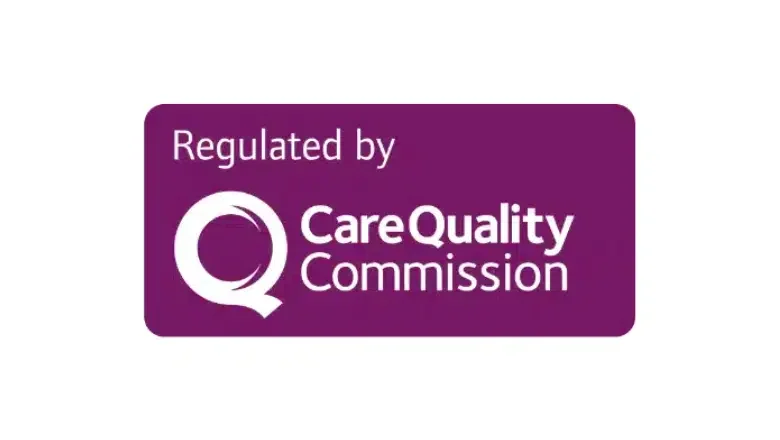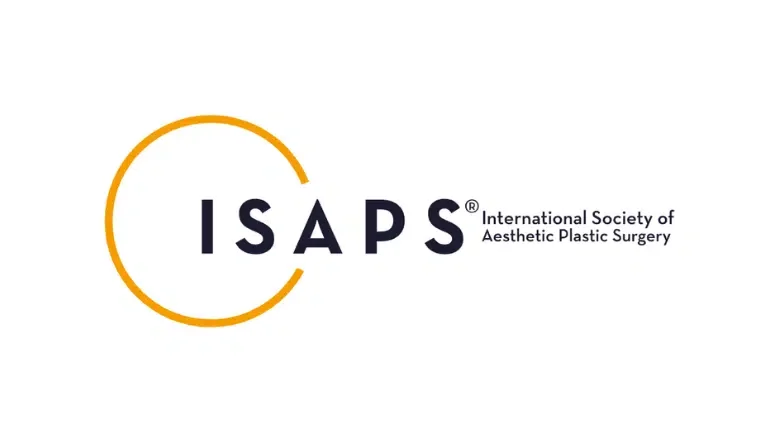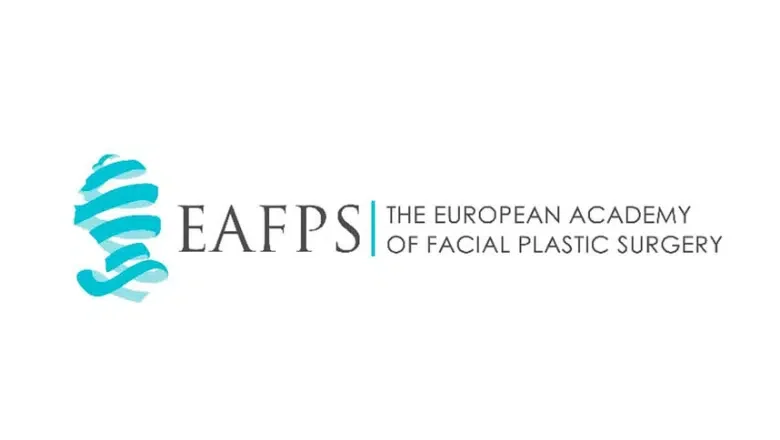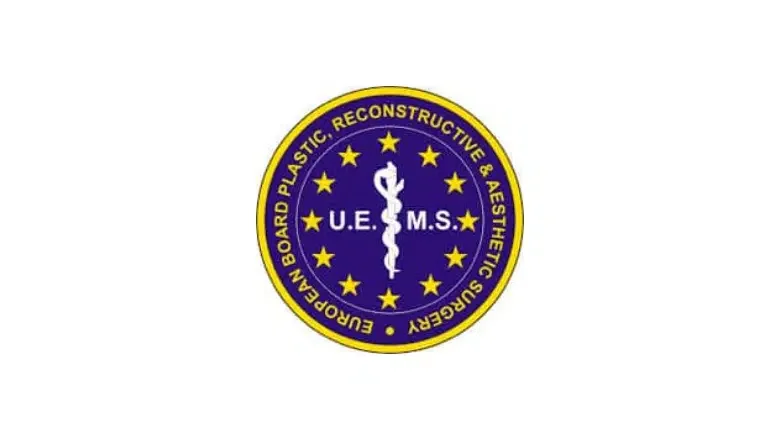What is a nasolabial fold?
Nasolabial folds, also known as smile lines, are distinctive creases that trace a path vertically from the sides of the nose down to the corners of the mouth. These folds are a natural aspect of human anatomy and become more or less pronounced based on a variety of factors, including the unique structure of an individual’s face, their age, and the natural ageing process.
In essence, nasolabial folds indicate how our facial skin and underlying structures change over time. For some, these folds are barely noticeable, blending seamlessly into the contours of the face. For others, they may be more defined, contributing to the character and expression of the face. Factors such as genetics play a significant role in determining the initial presence and depth of these folds.
Our skin loses elasticity and volume as we age, particularly in the facial area. This reduction in skin elasticity, combined with the gradual depletion of subcutaneous fat, allows the skin to sag slightly, accentuating the nasolabial folds. Furthermore, repeated facial expressions, like smiling or laughing, can also deepen these lines over time, making them more prominent.
Can nasolabial folds be reversed?
The quest for a rejuvenated appearance often leads individuals to explore options for addressing nasolabial folds, the prominent lines that extend from the nose to the mouth. Various cosmetic procedures designed to restore facial contours to a more youthful state can significantly reduce or reverse the appearance of these folds.
Facial rejuvenation techniques such as facelifts, mini facelifts, and mid-facelifts are among the most effective methods for addressing nasolabial folds. These procedures aim to reposition and lift the cheek tissue, countering the sagging and volume loss that contribute to developing nasolabial folds. By elevating the cheek tissue to its original position, these treatments can diminish the prominence of the folds, creating a smoother, more youthful facial appearance.
However, it’s crucial for individuals considering such procedures to maintain realistic expectations about the outcomes. While it is entirely feasible to reduce the appearance of nasolabial folds, aiming to eradicate smile lines completely might not always result in a natural-looking appearance. The goal of cosmetic interventions is to enhance one’s appearance in a way that preserves the natural harmony and expressions of the face.
Here at Centre for Surgery, we often advise patients that while significant improvements can be achieved, the objective is to refresh the face to reflect a younger version of oneself rather than eliminating the characteristics that contribute to one’s unique facial expressions. The key is to achieve a balance that enhances the individual’s features while maintaining the essence of their natural beauty.
How do you fix nasolabial folds naturally?
To address nasolabial folds, or the distinct lines extending from the nose to the mouth, many individuals seek methods that offer natural-looking results while enhancing their facial aesthetics. Although surgical procedures like facelifts, mini facelifts, and mid-facelifts are renowned for delivering substantial improvements by repositioning the cheek skin and tissue to its youthful state, there are also non-surgical approaches that provide effective solutions for those aiming for less invasive options.
One alternative to traditional surgery is the use of thread lifts. Though their effectiveness in lifting the cheek area for a prolonged period is a topic of debate among professionals, they represent a minimally invasive option for those looking to address mild to moderate nasolabial folds. Despite the varied opinions, it’s essential to consult with experienced practitioners who understand the specific nuances of using thread lifts for this purpose.
At the Centre for Surgery, there is a strong emphasis on leveraging advanced non-surgical technologies to correct nasolabial folds naturally. Notably, the Fotona4D and Morpheus8 devices offer minimally invasive skin tightening treatments. These innovative technologies work by stimulating the skin’s natural collagen production, leading to tightened and rejuvenated skin that can reduce the visibility of nasolabial folds. These options cater to individuals seeking less invasive procedures while still aiming for significant aesthetic improvements.
Another popular non-surgical option involves the use of injectable dermal fillers. These fillers can effectively soften and fill out the nasolabial folds, making them less pronounced. Dermal fillers offer a versatile solution by adding volume to the treated area, thereby smoothing out the folds and contributing to a softer, more youthful facial appearance.
RELATED: Exploring the Effectiveness of Dermal Fillers for Smile Lines
What is the best treatment for nasolabial folds?
The quest to address nasolabial folds, those distinct lines that etch a path from the nose to the mouth, invites diverse treatment possibilities. The optimal approach for mitigating the appearance of these folds hinges on several personal considerations, including one’s aesthetic goals, the extent of desired improvement, and the amount of recovery time one is prepared to allocate. This personalised journey underscores the importance of aligning treatment choices with individual expectations and lifestyle factors.
RELATED: Facial Skin Tightening Treatments: A Comprehensive Guide
For those aiming to reclaim the youthful appearance of their nasolabial area, surgical interventions such as facelifts, mini facelifts, or mid-facelifts stand out as premier options. These procedures are adept at lifting the cheek region—spanning from the eye to the jawline—thereby offering a profound rejuvenation. However, it’s crucial to recognise that these surgical solutions entail a commitment to a recovery period, which varies in length depending on the specific procedure undertaken. The decision to pursue surgery is often motivated by a desire for significant and lasting corrections to the facial structure, accepting the trade-off of downtime for enduring results.
For individuals inclined towards less invasive measures, non-surgical skin tightening methods and injectable fillers emerge as highly appealing alternatives. These approaches are characterised by their minimal downtime, allowing for a swift return to daily activities while still achieving noticeable improvements. Skin tightening treatments, including advanced technologies such as Fotona4D and Morpheus8, work by enhancing the skin’s firmness and elasticity, indirectly softening the nasolabial folds. Similarly, dermal fillers offer an immediate softening effect by filling in the folds, thereby diminishing their depth and visibility.
RELATED: Exploring the Effectiveness of Dermal Fillers for Smile Lines
Determining the “best” treatment for nasolabial folds is intrinsically subjective, shaped by an individual’s unique preferences and circumstances. Factors such as budget, urgency of results, and willingness to undergo downtime play pivotal roles in this decision-making process. Some may prioritise the immediacy of results with minimal interruption to their routine, opting for non-surgical methods that offer a temporary but rapid improvement. Others might lean towards the lasting outcomes of surgical options, viewing the required recovery time as a worthwhile investment for long-term satisfaction.











